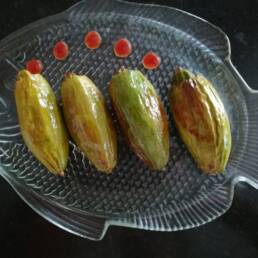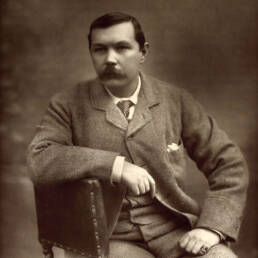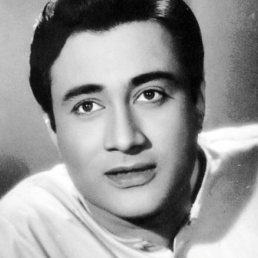When you think ‘Ram Leela’, what comes to mind? Guns? Love? The dashing Deepika and Ranveer duo probably? But this Sanjay Leela Bhansali film also has a connection with some of the greatest literary doyens of India.
The film begins with the hint of a Gujarati folk song, ‘Mor bani thankgat kare’. The song celebrates the season’s first drops of rain, literally translating to ‘It dances today, my heart, like a peacock it dances, it dances’.
If you listen close enough, you might find the lyrics similar to a well-known Bengali song. How do Bengal and Gujrat come together in a not-so strangely creative plane to provide an exquisite opening to a Bhansali magnum opus? Let’s rewind.
We go back to 1918 when, Jhaverchand Meghani, a young man from Khatiawad, Gujrat, started working at an Aluminum utensils factory in Belur, Calcutta. His appetite and skill would soon gain him high enough rewards, even a promotion, but Meghani yearned for something bigger.
Bengal, especially Calcutta, had a profound cultural impact on the young man. Here, Meghani’s inclination towards literature grew into something more profound. Meghani even learned the Bengali language to converse more freely and read road signs.
For 3 years Meghani stayed in Calcutta and gained much knowledge from the works of Bankim Chandra, Dinesh Chandra, and also Rabindranath. He returned home to Khatiawad in 1922 and joined the editorial board of the Saurashtra Weekly.
Back then the freedom movement was at its zenith and Meghani, like many others, plunged in. First with Saurashtra Ni Rasdhar and then with Sorathi Baharvatiya, he came out with works detailing the spirit of the land and the men who fought for her freedom.
This was only the beginning. In 1928, Meghani came out with one of his finest works, ‘Charan Kanya’, a tribute to the courage of a young girl from the Charan community. In 1930, Meghani also released a collection of 15 songs commentating on the salt and Dholera Satyagraha.
Soon after, the British had Meghani imprisoned on false charges. He was released after the Gandhi-Irwin pact was made. Meghani’s rise was catapulted when Gandhi gave him the title of ‘Rhastrya Shayar’ after reading his poem ‘Chello Ketro’.
But how is Meghani connected to ‘Ram Leela’? Well, around the time he was in Calcutta, he came in close contact with many works of Rabindranath. One especially etched in his mind – ‘Hridoy amar nache re’, originally released as a poem named ‘Naba-barsha’ (fresh rain).
Meghani was in awe of Kabiguru (Rabindranath) and his work. In 1922, he released a translated version of Tagore’s ‘Kathaa-u-Kaahinee’(conversation and stories). Around 1940, he finally got the chance to meet Tagore thanks to Nandalal Bose.
Tagore was so impressed with the man that he invited him to deliver a series of lectures on Gujrati folk in Shantiniketan. Meghani happily obliged and delivered his lectures to packed audiences.
Coming back to ‘Naba-Barsha’, in 1944, Meghani released a Gujrati translation of the song/poem in an anthology titled ‘Ravindra-Veena’, a tribute to the Bard. The song was translated in the tone of the Charans. The more modern version is said to have been composed by Hemu Gadhvi.
Gadhvi, a great artist in his own right, is also often credited with bringing folk music to every home in Gujrat during his stint at Rajkot Akashvani (radio). Gadhvi’s contribution to enriching folk music is exemplary. Even today, Rajkot holds a special place for him.
The song’s popularity and usage in today’s cinema is a testimony to its enduring tune and meaning. Meghani’s, Tagore’s, and even Gadhvi’s work not only serve as inspirations but also stand to bring out the country’s diverse culture and deep creative roots.
Sources: https://www.livehistoryindia.com/story/people/jhaverchand-meghani-a-poet-for-all




